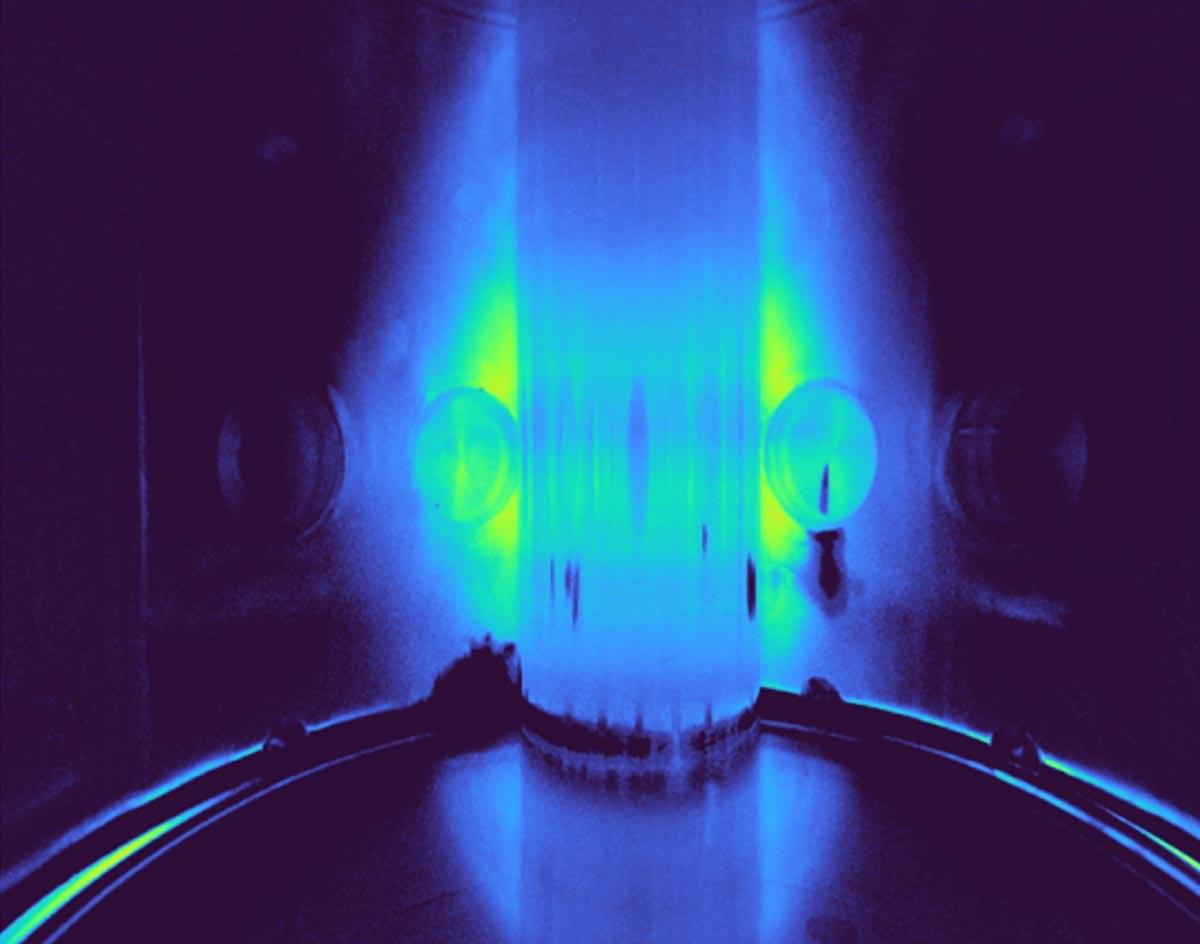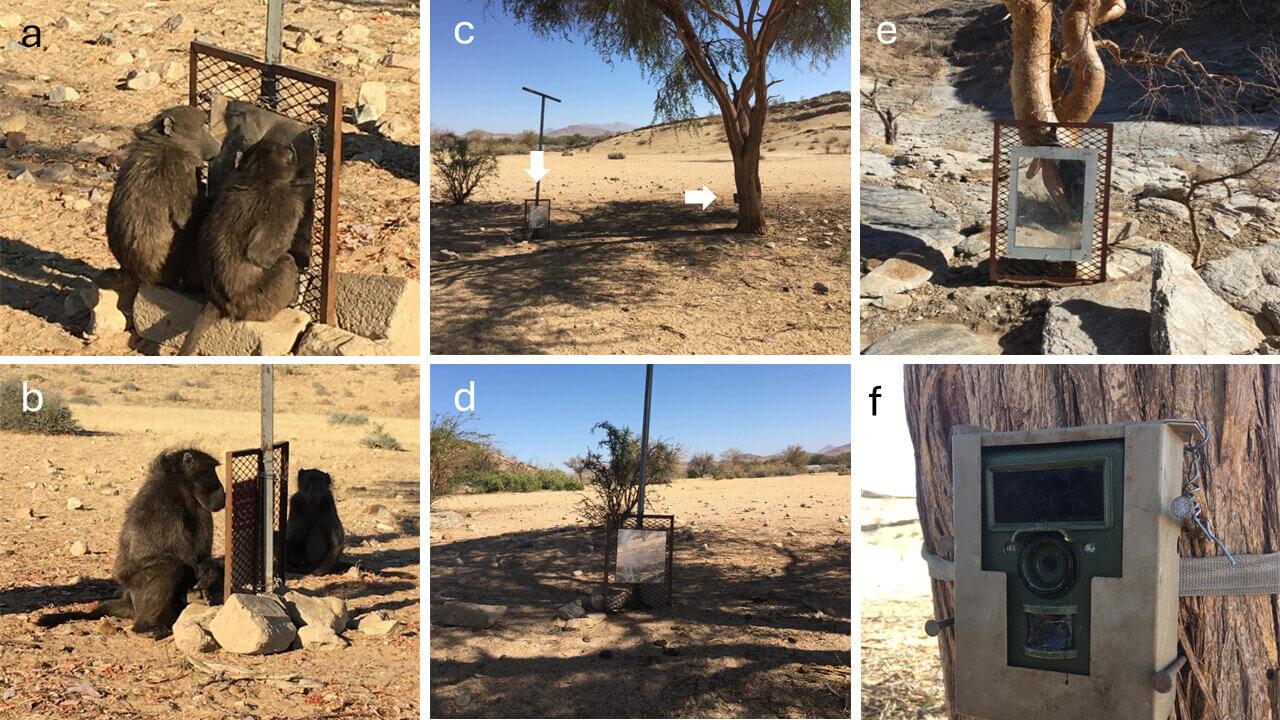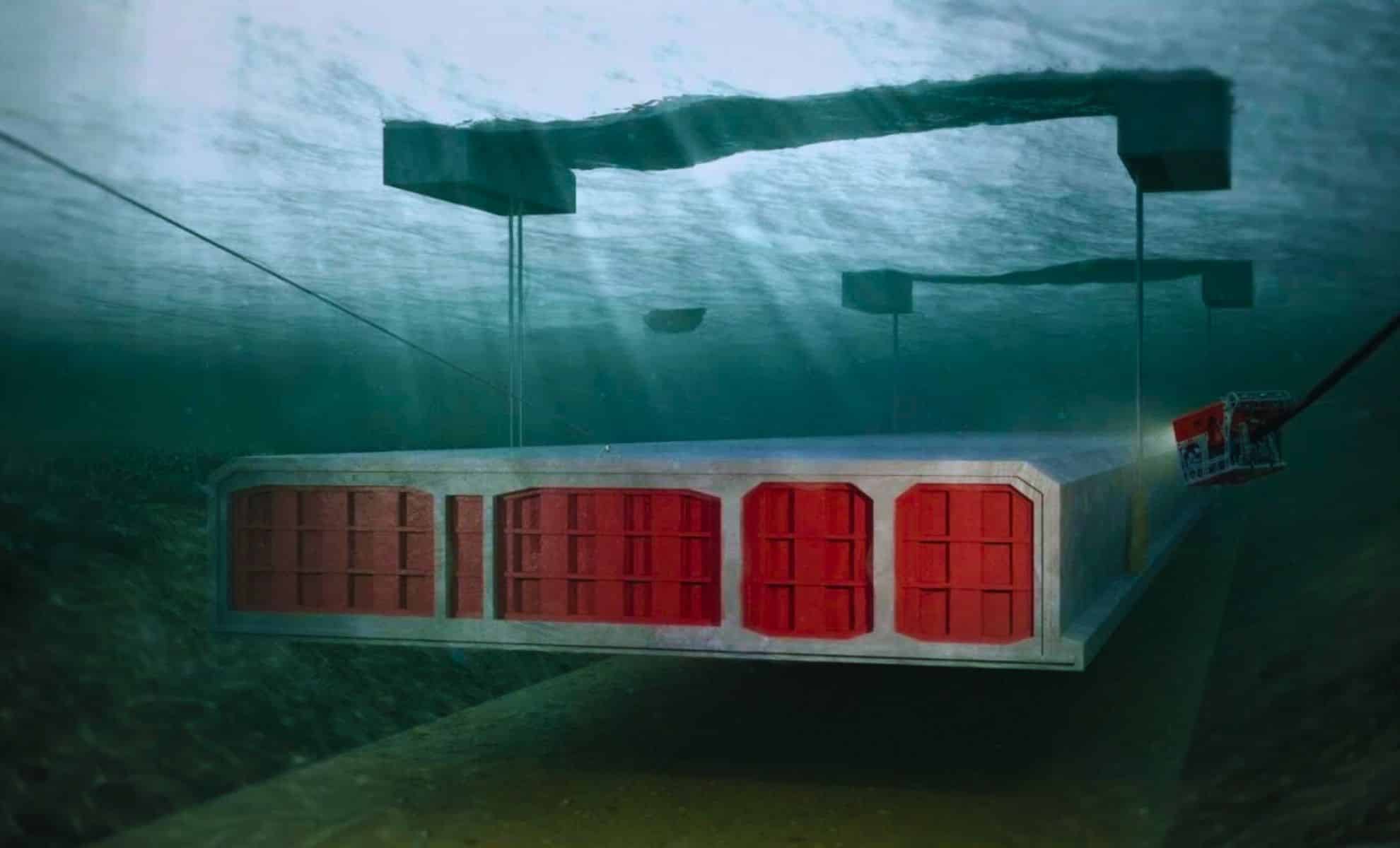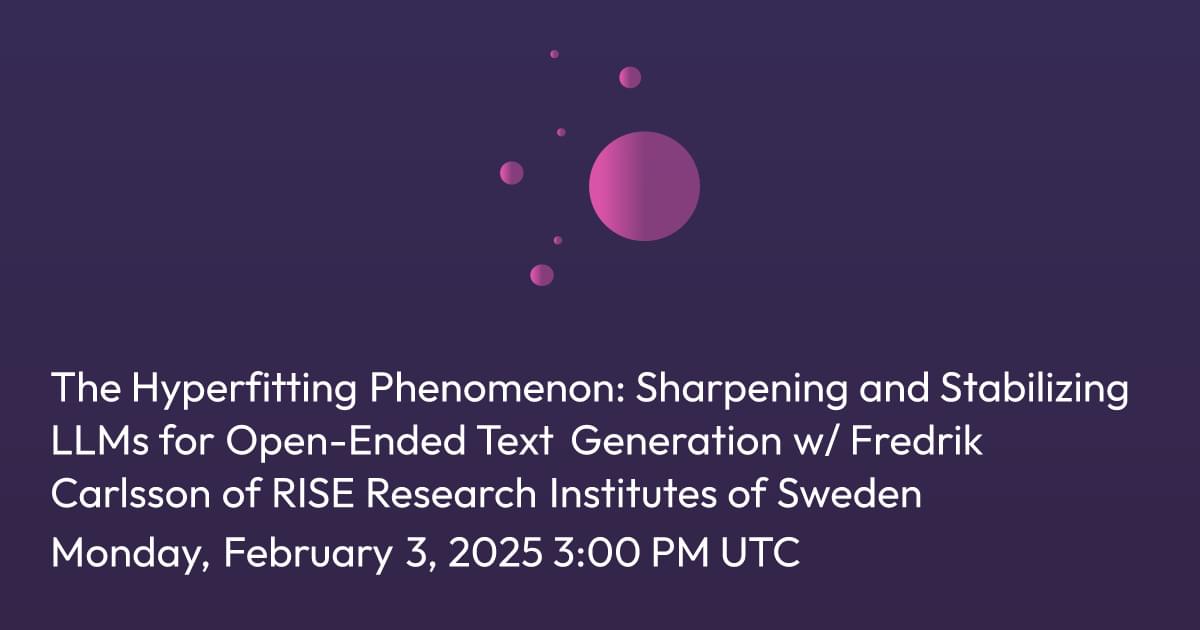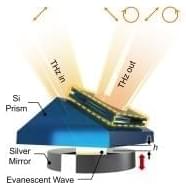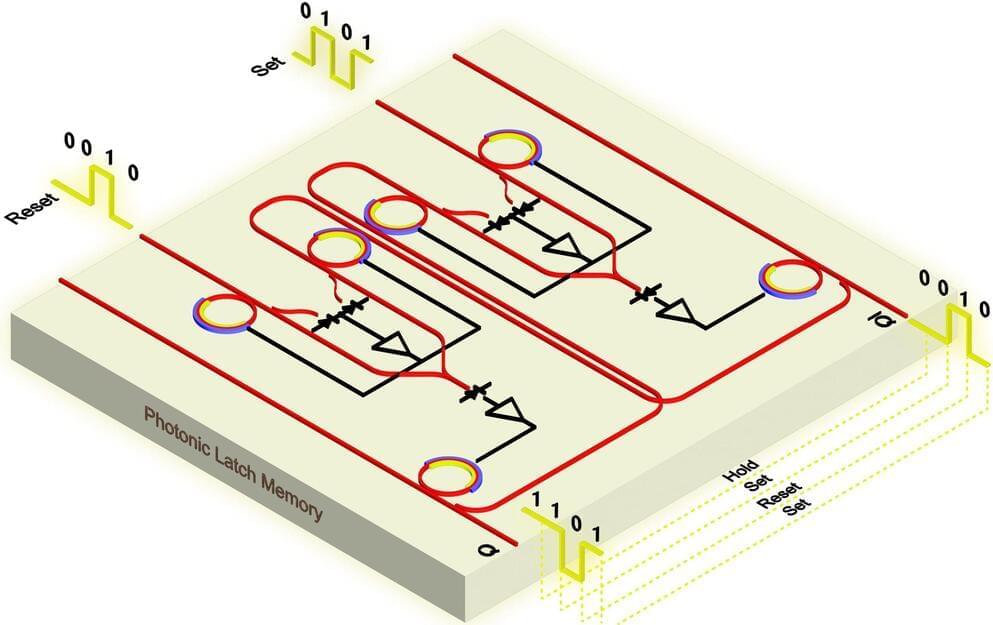A re-examination of the 2015 Bonin Islands earthquake disproved earlier claims of a record-breaking deep aftershock in the lower mantle, identifying instead 14 aftershocks linked to a metastable olivine wedge in the upper mantle. This finding advances understanding of deep earthquake mechanisms and Earth’s interior dynamics.
A study published in The Seismic Record challenges previous reports about the May 2015 magnitude 7.9 Bonin Islands earthquake sequence. The main earthquake, which ruptured deep near the base of the upper mantle, was not followed by an aftershock extending into the lower mantle to record-breaking depths, as earlier claims suggested.
Hao Zhang of the University of Southern California and colleagues re-analyzed the aftershock sequence and found no evidence of a 751-kilometer-deep aftershock, previously described as the deepest earthquake ever recorded.
